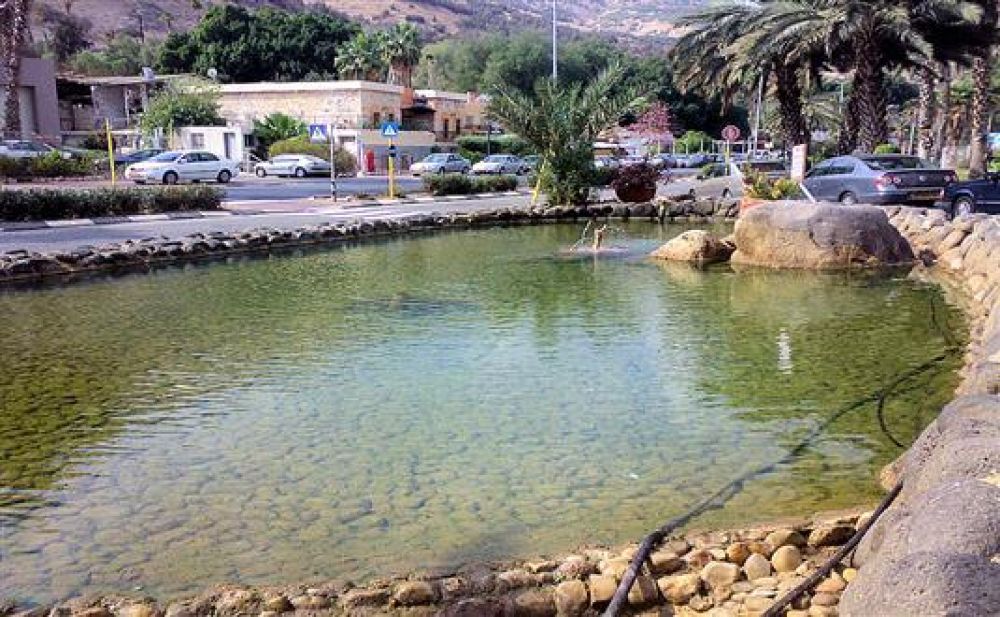

Hamat Tiberias National Park, situated near the ancient city of Tiberias in Israel, is a testament to the rich cultural and historical tapestry of the region. The park is renowned for its thermal mineral springs, which have been in use for over 2000 years. From its historical roots to its development as a tourist destination, Hamat Tiberias has evolved considerably through the ages.
The history of tourism at Hamat Tiberias arguably dates back to the Roman period when the thermal springs were first harnessed for their medicinal properties. During this time, it was not tourism in the modern sense but rather the attraction of the health benefits from the hot springs that drew visitors. The area became known for its healing waters, and a complex of baths was constructed to cater to the Roman elite, as well as to soldiers and local residents.
Over the centuries, control of the region passed through many hands, including the Byzantines, the Crusaders, the Mamluks, and the Ottomans, each leaving their mark on Hamat Tiberias. The site was often considered a place for healing and relaxation, thus maintaining its popularity as a destination for those seeking therapeutic remedies. It wasn't until the late 19th and early 20th centuries that the concept of tourism as we know it began to emerge, coinciding with the archaeology and rediscovery of ancient cultures.
With the establishment of the State of Israel in 1948 and the subsequent development of the nation's infrastructure, modern tourism began to take shape. The Israeli government and private entrepreneurs recognized the potential of the natural hot springs and the historical significance of the area, leading to a concerted effort to develop Hamat Tiberias as a tourist attraction.
The 1960s marked a major turning point when extensive archaeological excavations were undertaken, revealing notable historical features, such as the ancient synagogue with its beautiful mosaic floor. The findings attracted both local and international interest, boosting Hamat Tiberias's appeal as a site of historical and cultural importance.
In recent years, the focus on sustainable tourism has led to revitalization efforts at Hamat Tiberias National Park that balance visitor needs with conservation. Today, the site offers a unique opportunity to experience the splendor of ancient artifacts in an environment that preserves the historical context while providing educational and recreational value for tourists.
The latest trend in tourism at Hamat Tiberias National Park emphasizes experiential travel and well-being. Travelers are increasingly seeking out destinations that offer a combination of historical exploration, natural beauty, and opportunities for personal rejuvenation. Hamat Tiberias delivers on all these fronts, providing a rich tapestry of experiences, from exploring ancient ruins to relaxing in the thermal baths – a tradition that continues to draw visitors from around the world.
Hamat Tiberias National Park stands as a beacon of continuity, bridging the ancient and the modern. Its journey from Roman spa to national park illustrates the enduring allure of a place where history, health, and leisure converge. As tourism trends evolve, the park continues to adapt, ensuring that this storied site remains both a cherished relic of the past and a vibrant destination for the present and future.